The all-new 2018 Specialized Tarmac Pro
Three grand cheaper than the S-Works and ready to race
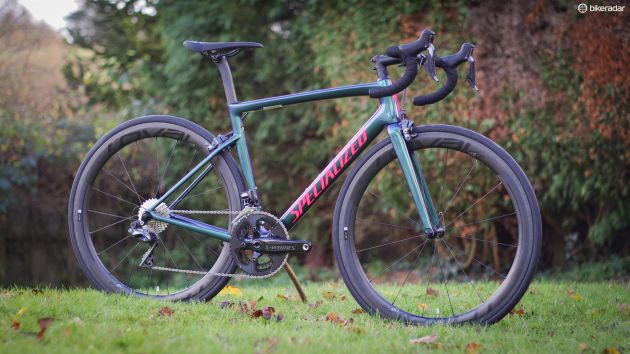
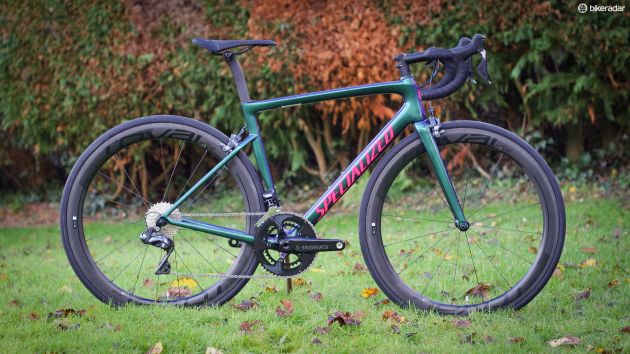
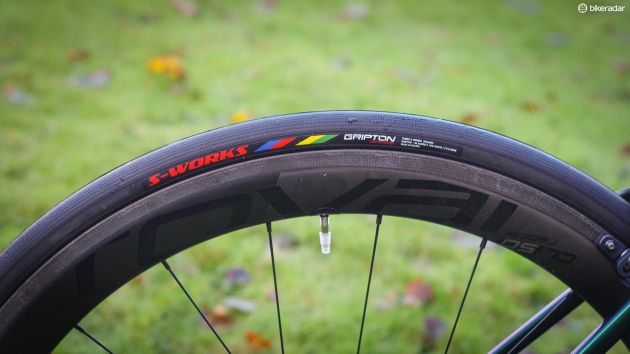
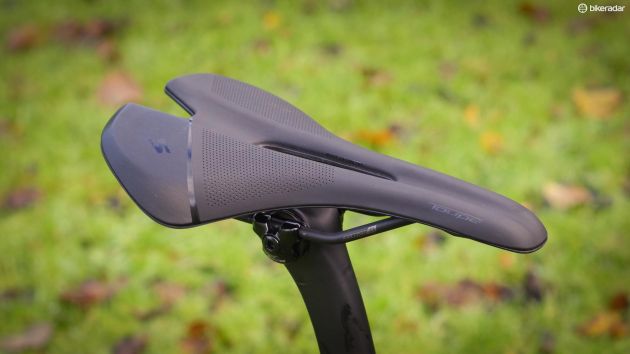
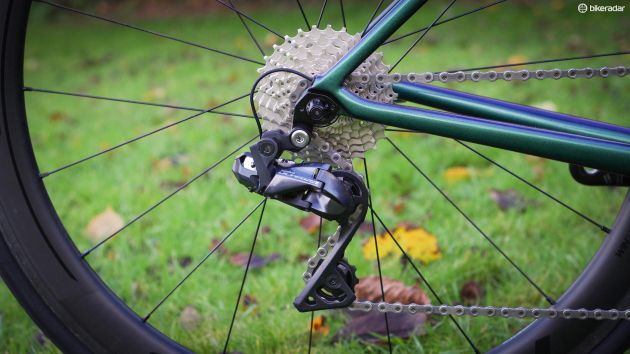
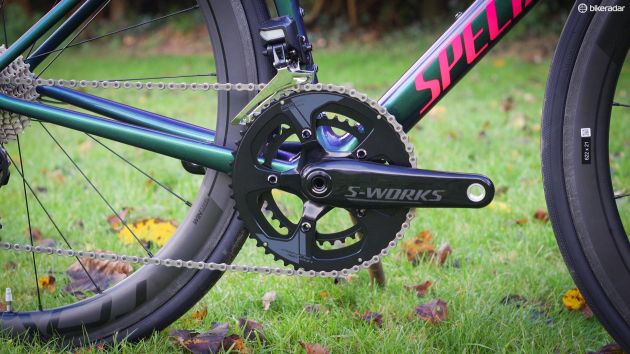
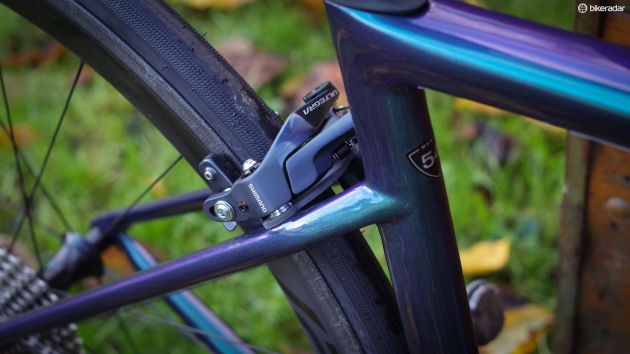
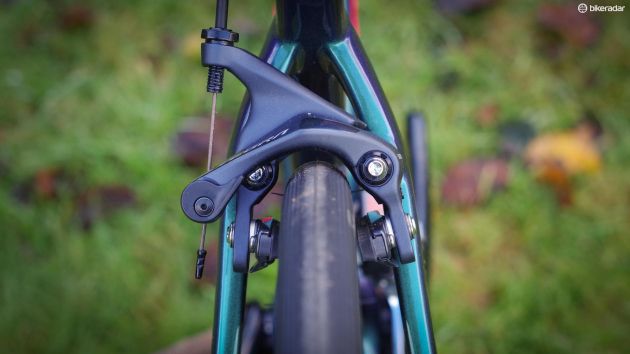
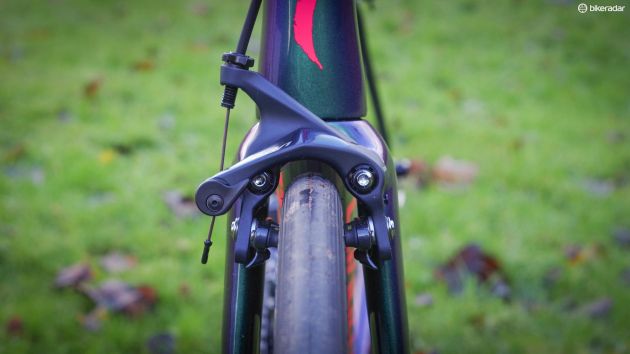
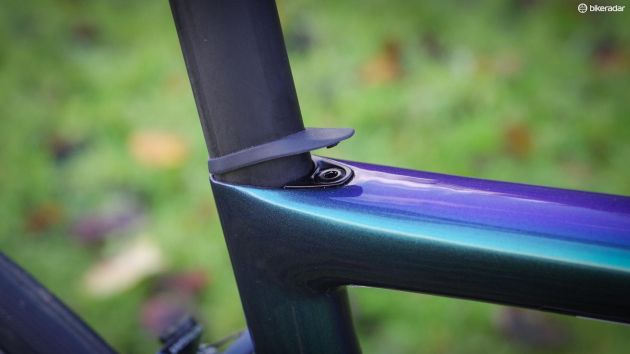
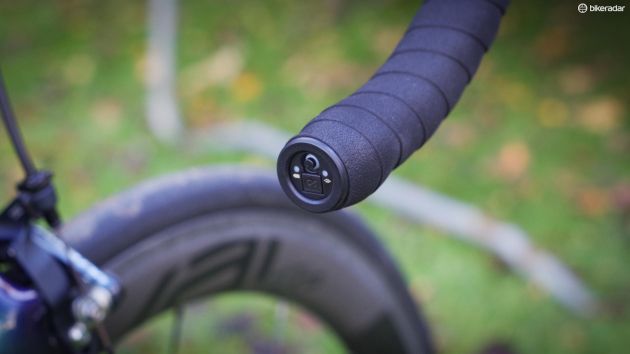
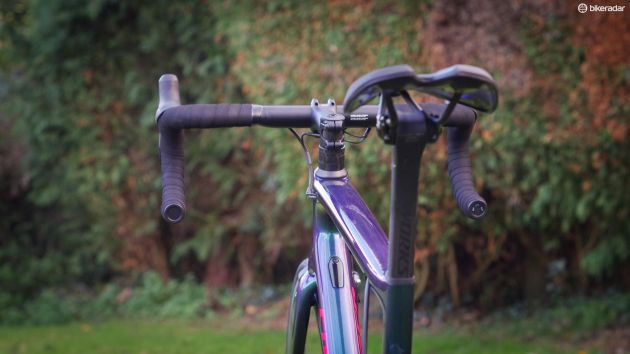
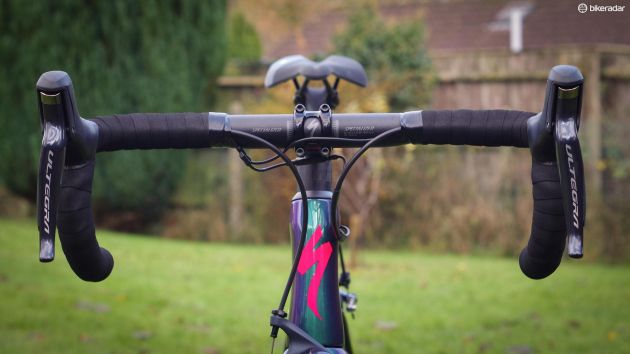
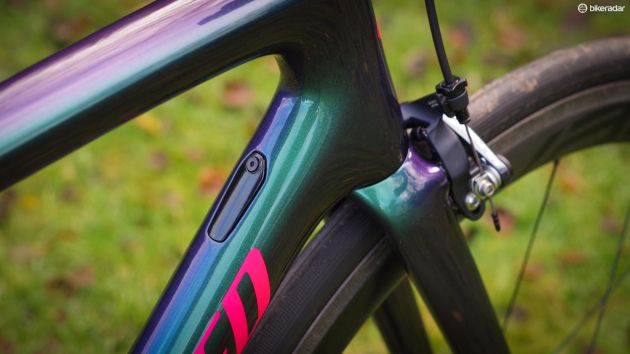
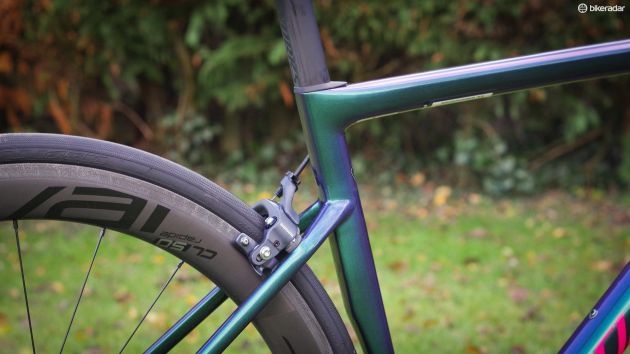
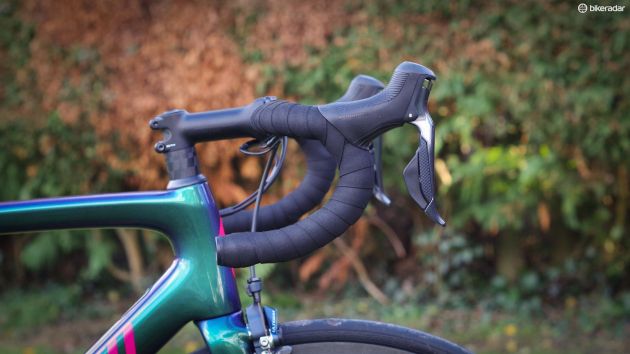
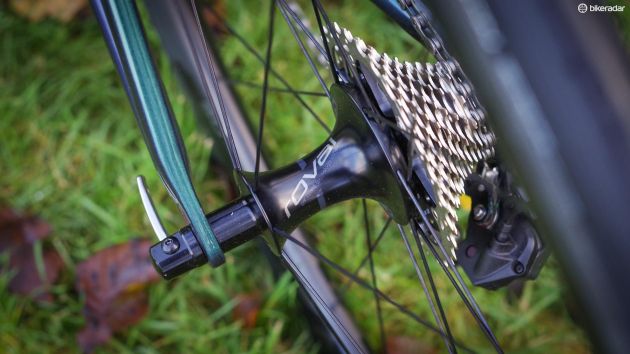
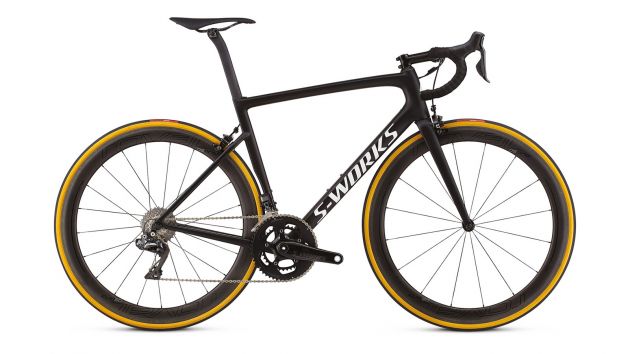
This article originally appeared on BikeRadar
The 2018 Specialized Tarmac SL6 is an all-new bike, and while the top-of-the-range S-Works is the one you're probably fantasising about, the (slightly) more affordable Pro is the one you're likely to buy.
Sitting at the very top of the non-S-Works range, Specialized pitches the Tarmac Pro to riders "obsessed with phenomenal performance but [with] a racer's budget."
Specialized Tarmac Pro specs
- Weight: 7.2kg (54cm)
- Frame: Specialized Tarmac SL6 FACT 10r carbon
- Fork: Specialized FACT carbon
- Wheels: Roval CL 50 carbon clincher
- Tyres: S-Works Turbo 700×26mm
- Crankset: S-Works carbon w/alloy spider, 52/36
- Bottom bracket: Praxis 6806 bearings
- Shifters: Shimano Ultegra R8150 Di2
- Front derailleur: Shimano Ultegra R8150 Di2
- Rear derailleur: Shimano Ultegra R8150 Di2
- Cassette: Shimano Ultegra R8000 11-30t
- Chain: Shimano Ultegra
- Brakes: Shimano Ultegra R8010 direct mount
- Handlebars: Specialized Expert Shallow Drop alloy, 123×75mm
- Bar tape: Specialized S-Wrap w/Sticky gel
- Stem: Specialized Pro SL alloy 100mm
- Saddle: Toupe Expert Gel 143mm
- Seatpost: S-Works FACT Carbon Tarmac, 20mm offset
The frame — a glittering prize

It's hard to do the paintjob justice with a photo
There is universal agreement in the BikeRadar office that the Tarmac Pro is one handsome machine.
What looks like relatively muted blue paint on the Specialized website is, in fact, a gloriously iridescent green-purple mix.

The colour changes depending on the viewing angle
Get The Leadout Newsletter
The latest race content, interviews, features, reviews and expert buying guides, direct to your inbox!
It's difficult to do it justice with a camera, but the hue shifts subtly depending on viewing angle, and up close there's an appealingly expensive metallic sparkle.
The latest Tarmac has a host of new features including de rigeur dropped seatstays for comfort (plus a D-section seatpost), more aeros, a slimmer and lighter fork, slick internal cable routing (although the Pro still sports a bit of Di2 spaghetti up front), and direct-mount brakes.

Things could perhaps be a touch neater up front, but we've seen far worse
Rather than bridging the seatstays in the conventional way, Specialized chose to fit a carbon plate that sits behind the brake, apparently allowing for improved compliance as it means less of a compromise in the seatstay lay-up.

Rather than a conventional bridge, the Tarmac has a carbon plate mounted behind the rear brake for stiffness
The build — aero and electronics

Shimano's latest Di2 hoods are set to become a familiar sight
The Tarmac Pro is built up with a full Shimano Ultegra R8050 Di2 groupset apart from the cranks, which are Specialized's own FACT carbon offerings with an alloy spider.
The wheels are in-house Roval CL 50 carbon clinchers, which use an admirably wide rim with a nominal 21mm internal width, and DT Swiss hub internals.
They're fitted with S-Works Turbo tyres, which, at a sensible 26mm, are a welcome sign that Specialized is paying attention to what riders want.

S-Works tyres on deep, wide carbon rims — a potent combination
The finishing kit is all Specialized's own as well, and there's little that raises an eyebrow. You might hope for carbon bars on a bike this expensive, but right now only the S-Works models get them as standard.
Tarmac Pro vs. S-Works Tarmac

The price of entry into S-Works territory is an order of magnitude above the standard frame
The Tarmac Pro is the most expensive non-S-Works Tarmac and, as such, you might be wondering if you wouldn't just be better off with the range-topper.
It is, however, £3,100 / $3,500 cheaper than the cheapest standard S-Works build, although you could build your own up from a frameset for less than that, depending on your choice of components (S-Works framesets retail at £3,250 / $4,000 / AU$4,500 with standard paint. The Pro does not appear to be available to Australian buyers).
The Tarmac Pro is made from what Specialized calls FACT 10r carbon, the second tier in its current range. The latest and greatest S-Works Tarmac gets FACT 12r, while the previous S-Works' carbon was called FACT 11r.
The details of the actual construction that lies behind these monikers is fairly nebulous, but what you need to know is that FACT 12r is the current state of the art as far as Specialized is concerned, with the most sophisticated lay-ups, the best quality pre-preg carbon, and the best stiffness-to-weight ratio.

There are differences beneath the surface, but the 10r frames are exactly the same shape as the 12r ones
It's probably best not to get hung up on the numbers themselves as they're purely arbitrary. But according to Specialized, all SL6 Tarmacs are made in the same moulds and have the same tube profiles, size-for-size, and the 10r frames are between 100 and 200g heavier for a given size.
There are significant variations in weight between the different available finishes however, and Specialized told us that it prefers not to quote precise frame weights.
When the SL6 first launched, however, BikeRadar was told that a 56cm S-Works frame weighed 733g +/- 20g, so it seems fair to assume that a 56cm 10r frame should weigh in the region of 813 to 953g.
Whatever the finer details, I'm excited to have a play with this beautiful bike. I've got this Tarmac Pro for a long-term test, so you'll be seeing a good bit more of it over the coming months.